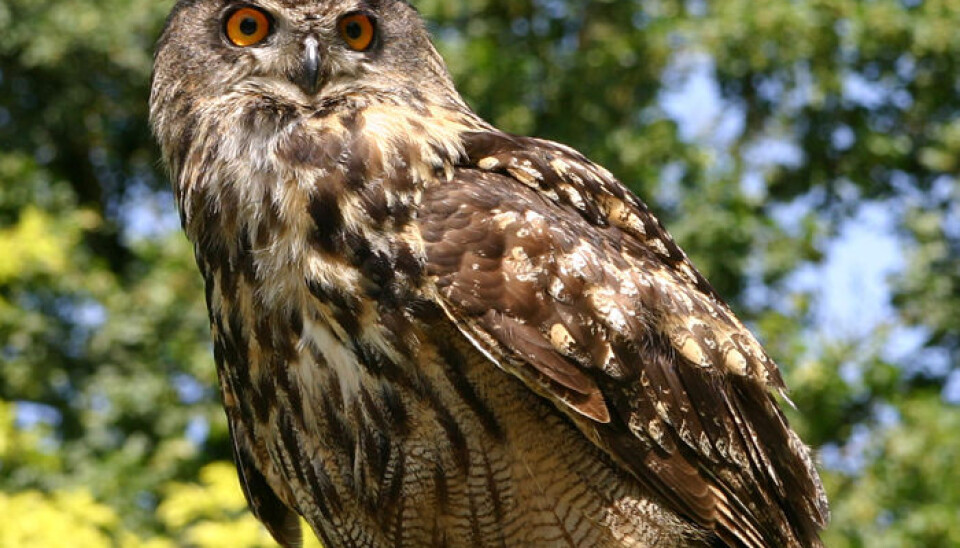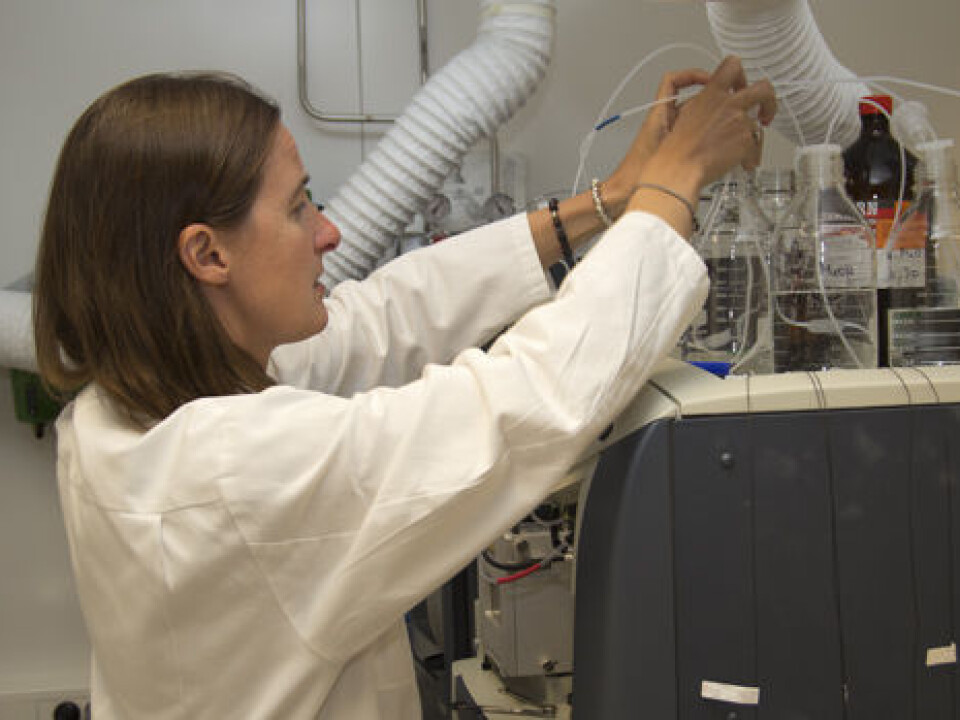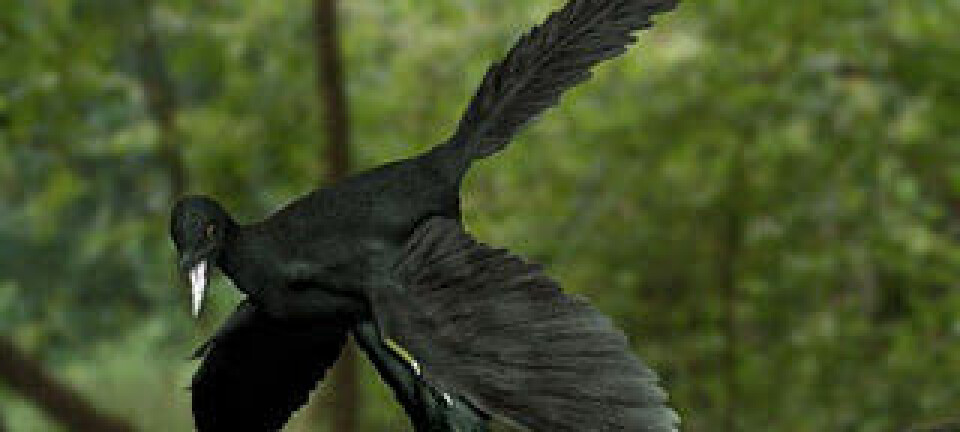
Birds of prey hit by rat poison
Traces of rat poison have been found in carcasses of golden eagles and eagle owls – in some cases enough to have caused death, analyses show.
Denne artikkelen er over ti år gammel og kan inneholde utdatert informasjon.
As many as 70 percent of golden eagles and 50 percent of eagle owls examined in a Norwegian study were found to have active ingredients of rat poison in the liver. The study analysed levels of rat poison in dead predatory birds found in the wild.
"We have only examined a small amount of predatory birds so far, but it seems that the percentage possibly poisoned by rat poison is similar to findings in other countries," says Katherine Langford at the Norwegian Institute for Water Research (NIVA).
A number of other predator species will also be examined in the study, including osprey, peregrine falcon and gyrfalcon. Samples of the birds' liver, where the poison is accumulated, are collected from across the country for analysis at NIVA.
Causes internal bleeding
"Rat poison prevents the blood from coagulating, leading to internal bleeding. If the rats are taken by predatory birds, the birds risk ingesting sufficient amounts of poison to die themselves," explains Langford.

The poison prevents the synthesis of vitamin K, which is crucial for coagulation. However, the effect of the poison does not kick in until the body's store of vitamin K is exhausted, so it may take some days before the rats die.
They could in the meantime have ingested more poison, which degrades slowly in the tissue – leaving rat predators vulnerable to poisoning.
Exceeded poison threshold
Different birds of prey react differently to the poison's active ingredients, but one estimate suggests that there is a risk of poisoning at levels lower than 100 nanograms per gram of liver tissue.
A third of the examined golden eagles and eagle owls may have exceeded this threshold.
"At the NIVA laboratory we can identify extremely small concentrations of toxins, as low as 2-5 nanograms per gram of liver tissue," says Langford – roughly equal to a quarter of a sugar cube dissolved in a 25-metre swimming pool.
Uncertain effect on different species
With only 20 specimens of golden eagle and eagle owl analysed so far, it is still early days for the study - and for any conclusive evidence.
"Only a few studies have been carried out on how rat poison affects different species of predatory birds, so we can't provide reliable estimates on how many of the examined birds died as a result of poisoning," says the researcher.
But with other species still to be examined, the risk of rat poison impacting predatory birds across the board cannot be ruled out.


































